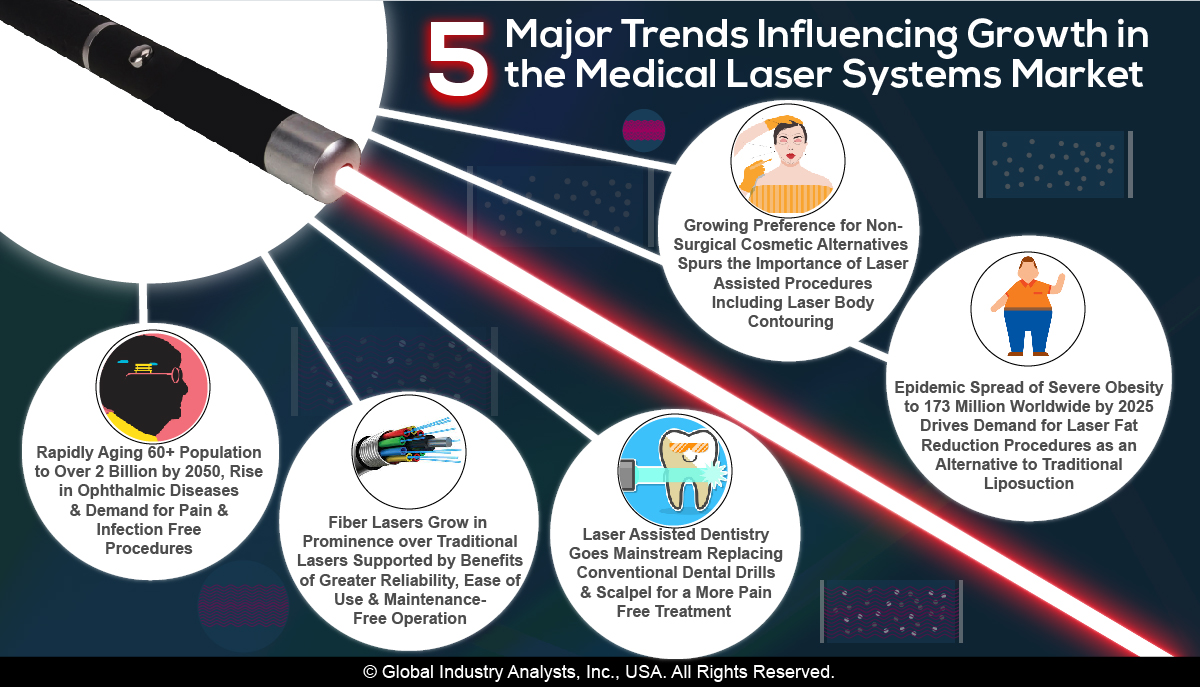The Comprehensive Overview To Refractive Lens Exchange: Essential Details You Should Know
The Comprehensive Overview To Refractive Lens Exchange: Essential Details You Should Know
Blog Article
Content Create By-Hunter Goldstein
If you're considering refractive lens exchange, you possibly have a great deal of questions. This procedure might transform how you see the world, using benefits like minimized dependancy on glasses. Nevertheless, it's essential to understand the process, dangers, and that qualifies as an excellent prospect. Let's check out these vital facets so you can make an enlightened decision regarding whether RLE is right for you.
What Is Refractive Lens Exchange and How Does It Function?
Refractive lens exchange (RLE) is a surgery designed to change your eye's all-natural lens with a man-made one, remedying vision problems like nearsightedness, farsightedness, or presbyopia.
During the procedure, your specialist makes a tiny incision in the eye, removes your all-natural lens, and inserts an intraocular lens (IOL) tailored to your vision requires. This outpatient surgery commonly takes about 15 to thirty minutes per eye and is carried out under local anesthetic.
You'll likely observe renovations in your vision practically instantly, though full recovery might take a few weeks. RLE is particularly helpful for those over 40 or with high prescriptions, using a durable option compared to glasses or call lenses.
https://squareblogs.net/harry19laverne/how-to-choose-the-right-lasik-cosmetic-surgeon-5-essential-questions-to-ask can help figure out if RLE is right for you.
What Are the Perks and Dangers of Refractive Lens Exchange?
Selecting refractive lens exchange can result in significant renovations in your vision, yet it is necessary to weigh both the advantages and risks prior to choosing.
On the bonus side, this procedure can improve your sight by correcting problems like presbyopia, nearsightedness, and hyperopia. Lots of patients appreciate decreased dependence on glasses or call lenses, which can considerably improve their quality of life.
However, it's critical to consider prospective dangers. Difficulties can consist of infection, glow, or halos around lights.
There's also an opportunity of overcorrection or undercorrection, which may call for additional treatments.
Who Is an Ideal Prospect for Refractive Lens Exchange?
If you're thinking about refractive lens exchange, it is very important to recognize whether you fit the account of an optimal candidate. Typically, https://genny.federatedjournals.com/discover-the-vital-insights-for-selecting-the-ideal-lasik-doctor-by-dealing-with-five-crucial-questions-guarantee-you-have-all-the-info-needed-prior-to-making-your-choice might be an excellent prospect if you're over 40, experience presbyopia, or have high degrees of nearsightedness or farsightedness.
It's likewise vital that your vision is steady, meaning your prescription hasn't transformed substantially in the past year. If you have cataracts or various other eye problems, you might gain from this treatment too.
However, certain factors, like uncontrolled diabetic issues or autoimmune diseases, might disqualify you. To determine your candidacy, speak with an eye care expert that can assess your certain scenario and advise the most effective strategy customized to your demands.
https://www.standardspeaker.com/hazleton-eye-specialists-offer-full-service-eye-care/article_4bca863b-cd27-541c-9111-a3d088eca2e2.html
In conclusion, refractive lens exchange can be a transformative option for improving your vision, especially if you're over 40 or have a high prescription. While the benefits are significant, it's important to weigh the risks and consult with your eye treatment professional to identify if you're a suitable candidate. With the right details and assistance, you can make an educated decision and potentially take pleasure in a life with lowered reliance on glasses.
